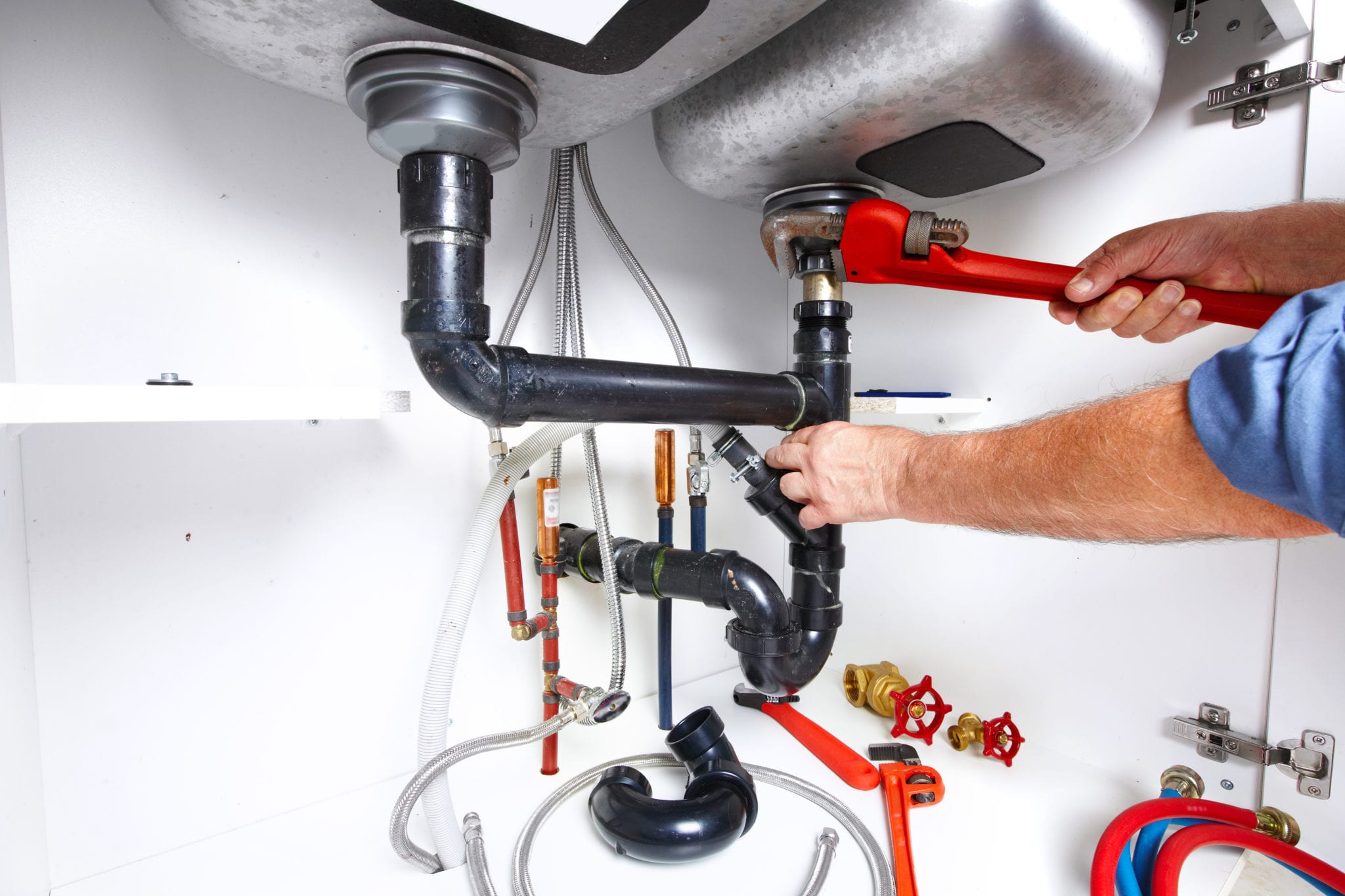Overview To Water Leakage Detection In The House
Overview To Water Leakage Detection In The House
Blog Article
They are making several great observations on the subject of Detecting hidden plumbing leaks as a whole in the content down the page.

Early discovery of dripping water lines can reduce a prospective calamity. Some tiny water leaks may not be noticeable.
1. Analyze the Water Meter
Examining it is a surefire method that assists you find leaks. If it moves, that shows a fast-moving leak. This means you may have a slow leakage that could even be below ground.
2. Examine Water Usage
Analyze your water costs as well as track your water consumption. As the one paying it, you should observe if there are any kind of disparities. If you spot sudden changes, in spite of your usage coinciding, it indicates that you have leaks in your plumbing system. Bear in mind, your water bill must fall under the exact same array every month. A sudden spike in your costs shows a fast-moving leak.
A steady boost every month, even with the exact same practices, shows you have a sluggish leakage that's likewise slowly intensifying. Call a plumber to extensively inspect your residential or commercial property, specifically if you feel a cozy location on your floor with piping beneath.
3. Do a Food Coloring Examination
30% comes from bathrooms when it comes to water consumption. Examination to see if they are running correctly. Decline flecks of food shade in the storage tank and wait 10 minutes. If the shade in some way infiltrates your dish throughout that time without flushing, there's a leak between the storage tank and also bowl.
4. Asses Exterior Lines
Do not neglect to examine your exterior water lines as well. Must water leak out of the connection, you have a loose rubber gasket. One small leakage can throw away tons of water and also increase your water expense.
5. Assess the scenario as well as inspect
Homeowners need to make it a behavior to inspect under the sink counters and also inside cupboards for any bad odor or mold development. These two warnings indicate a leakage so timely attention is called for. Doing routine evaluations, also bi-annually, can save you from a significant issue.
Much more significantly, if you understand your residence is already old, maintain a watchful eye on your heating units, hoses, pipelines etc. Check for stainings as well as damaging as most pipelines and home appliances have a life expectancy. They will certainly additionally normally weaken as a result of wear and tear. If you think dripping water lines in your plumbing system, don't wait on it to rise. Call an expert plumber as soon as possible so you do not end up with a horrible mess in your house.
Early detection of leaking water lines can reduce a prospective calamity. Some little water leaks may not be visible. Checking it is a guaranteed way that helps you discover leaks. One small leak can lose heaps of water and also increase your water bill.
If you suspect leaking water lines in your plumbing system, don't wait for it to escalate.
WARNING SIGNS OF WATER LEAKAGE BEHIND THE WALL
PERSISTENT MUSTY ODORS
As water slowly drips from a leaky pipe inside the wall, flooring and sheetrock stay damp and develop an odor similar to wet cardboard. It generates a musty smell that can help you find hidden leaks.
MOLD IN UNUSUAL AREAS
Mold usually grows in wet areas like kitchens, baths and laundry rooms. If you spot the stuff on walls or baseboards in other rooms of the house, it’s a good indicator of undetected water leaks.
STAINS THAT GROW
When mold thrives around a leaky pipe, it sometimes takes hold on the inside surface of the affected wall. A growing stain on otherwise clean sheetrock is often your sign of a hidden plumbing problem.
PEELING OR BUBBLING WALLPAPER / PAINT
This clue is easy to miss in rooms that don’t get much use. When you see wallpaper separating along seams or paint bubbling or flaking off the wall, blame sheetrock that stays wet because of an undetected leak.
BUCKLED CEILINGS AND STAINED FLOORS
If ceilings or floors in bathrooms, kitchens or laundry areas develop structural problems, don’t rule out constant damp inside the walls. Wet sheetrock can affect adjacent framing, flooring and ceilings.
https://www.servicemasterbyzaba.com/blog/how-to-detect-water-leakage-in-walls/
.jpg)
Do you really like more info about Leaking water lines? Leave a comment further down. We'd be glad to hear your thinking about this piece. Hoping to see you back again before long. Remember to take a moment to distribute this post if you enjoyed reading it. Thanks a lot for your time spent reading it.
Report this page